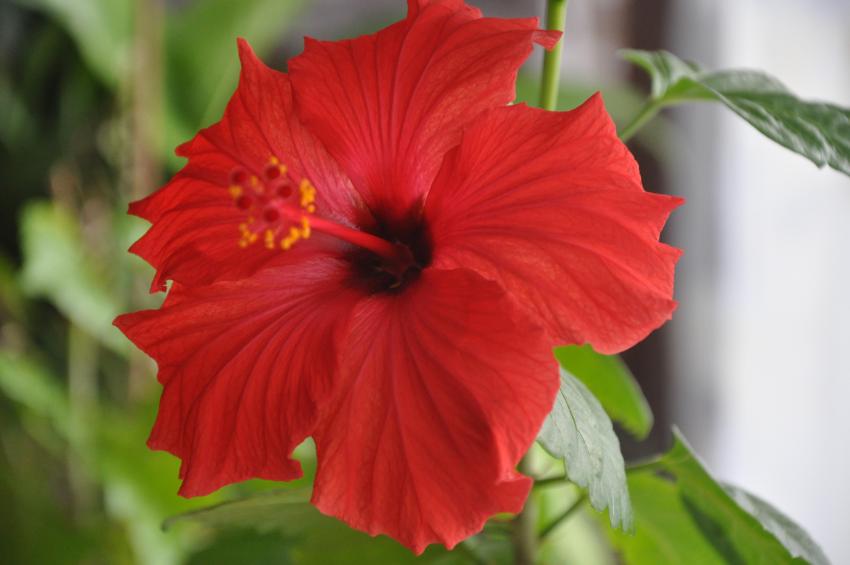- Read offline
- Access all content
- Use the in-app Map to find sites, and add custom locations (your hotel...)
- Build a list of your own favourites
- Search the contents with full-text search functionality
- ... and more!
tisane
herbal tea
Any kind of tea made of herbs or dried flowers or plants is a tisane, a word derived from the Greek pstisane (barley water).
The French are very fond of them: the most popular kinds, sold everywhere, are mint, fruits rouge (made with strawberries, raspberries and cherries), verbena (vervaine), chamomile (camomille), lemon balm (mélisse), linden (lime) blossoms (tilleul) and liquorice.
You can also find dozens of other blends, designed for fatigue, insomnia, slimming, detoxing, ‘drainage and elimination’ and for that very special illness that only French people get, jambes lourdes (heavy legs).
‘Infusion’ is often used for an herbal tea, although technically it is a method used to prepare a tisane (ie pouring boiling water over the leaves or tea bag). A classic infusion is dark red bissap (also known as carcadé or infusion d’hisbiscus), made from dried hibiscus flowers; it has a cranberry-like flavour and is popular in Africa.

Decoction, which you see sometimes, means putting the plants or leaves in cold water for half an hour or longer, to extract as many molecules and benefits as possible, and then boiling them.
Images by condesign, Philippe Alès

